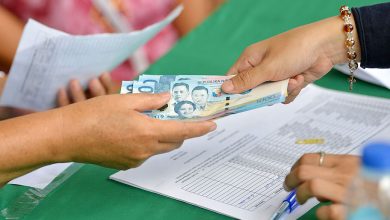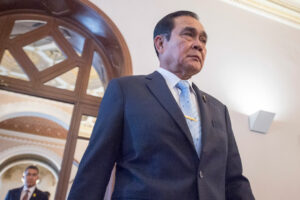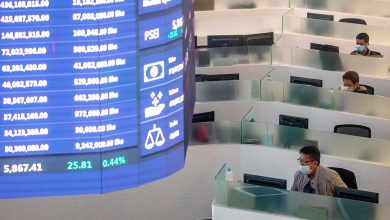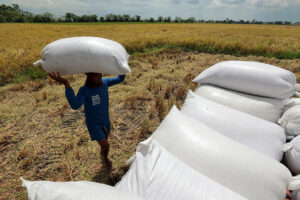Boracay is ready for some wholesome fun

FOR a certain generation, a trip to Boracay meant a weekend of sin: drinking and dancing until the sun came up. Today things are different. After a major cleanup followed by the restrictions to deal with a two-year pandemic, the party island is now offering relatively wholesome fun.
For example, during a media familiarization tour last month organized by Philippine Airlines (PAL) and the Tourism Promotions Board (TPB), a few of the media guests organized a short trip to a bar and we noticed that there was no dancing and no particularly noisy parties in the numerous bars and restaurants that dot the island’s shore. This, it turned out, was due to certain coronavirus disease 2019 (COVID-19) restrictions that are still in place on the island.
“You can just enjoy na nasa seat na lang (in your seats),” said Cristine Mansinares, Regional Director for the Department of Tourism – Region VI. Region VI includes the provinces of Antique, Capiz, Guimaras, Negros Occidental, and Aklan (under which jurisdiction Boracay lies). People were also masked along the beach, and in most of the hotels, bars, and restaurants. “You cannot still do the 2019 na party-party talaga,” she said during a group interview after a dinner on the evening prior to the night out.
A highlight of the Boracay stop was a sunset cruise. In a boat that held about 25 people, we were taken to see Boracay’s sunset with a relatively wholesome pizza party, while listening to the Beach Boys and Belinda Carlisle from a Spotify playlist titled “Boat Party.”
Wholesome fun is at the forefront of Boracay’s reawakening after the pandemic, which saw the island close and open repeatedly for two years after lockdowns were announced in March 2020.
“The private sector here, after several events that happened here in Boracay, rebranded Boracay as a destination that is better than ever,” said Ms. Mansinares. “When it reopened for domestic tourism in Oct. 2020, we saw the trend that almost [all] family groups (went to the island). When kids were allowed to travel to the island, a majority of the travellers, really, were with their families,” she noted in a mixture of English and Filipino.
She also noted that kids who were taking online classes brought school to the seaside, which allowed their families to increase the number of nights they stayed on the island since the children did not have to skip classes.
“Ngayon kasi (right now), we need open spaces to help us regain the health that we had prior to the pandemic,” said Ms. Mansinares. She spoke about the sun, the sea, and the clean air. “That’s what our families who visit the island value.”
“We were able to see and value the environment,” she said.
It would be remembered that Boracay had closed for several months in 2018 to rehabilitate the island’s infrastructure, sewage system, and environment.
She notes that people aged 29 to 50 are still the highest demographic in tourist arrivals. As of March, however, they have yet to recover the same number of tourists they used to welcome. Prior to the pandemic, she noted that the island could see up to 2 million people in a year, while they’ve only seen about 400,000 in arrivals since they reopened to limited capacities late in 2020.
Boracay’s new story is painted around family, as the emergence of new associations would suggest.
Ms. Mansinares discussed the tourism packages that have been developed around the island, like bike tours of the island, food crawls, and wellness treatments, all done with the help of new alliances between private and public stakeholders in Boracay. “Before, they did their individual marketing concepts. This time, they created this group to strengthen their presence, and to create their own standards,” said Ms. Mansinares. Included among these new groups is the Boracay MICE (Meetings, incentives, conferences and exhibitions) Alliance, which aims to improve and promote services for that market on the island.
It is one of the things that she wishes to stay after the island’s closure. Asked what she chooses not to bring back to the island after its reopening, Ms. Mansinares says, “Maybe it’s more of the attitude: Iyong kanya-kanya (every man for himself)?”
“For us, it’s a realization that for us to move forward, we have to come together.” — Joseph L. Garcia




